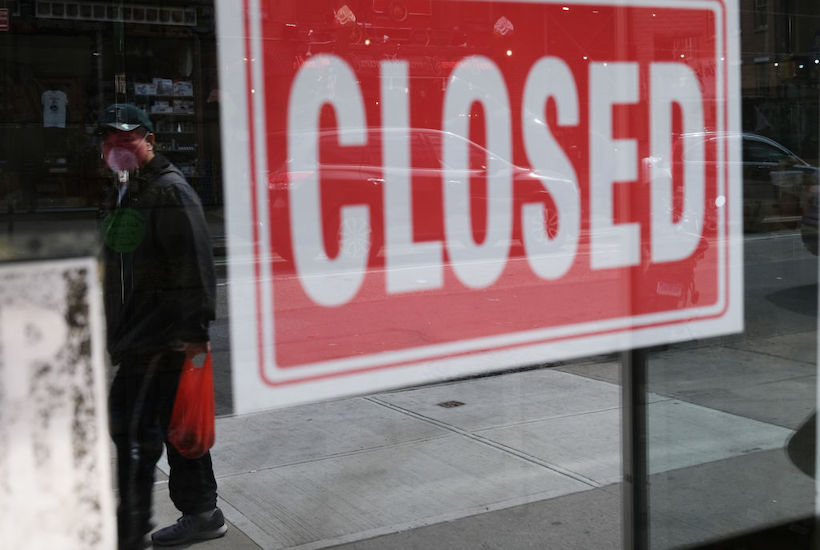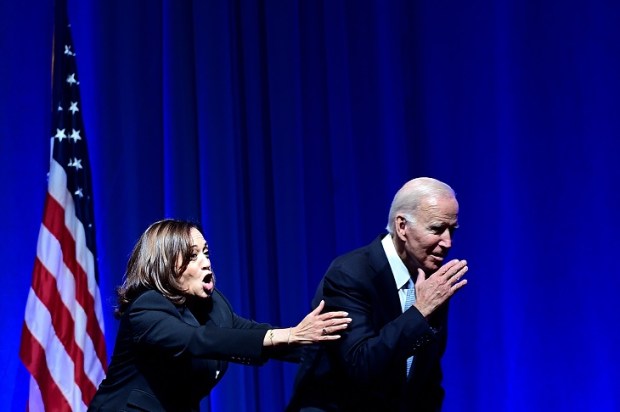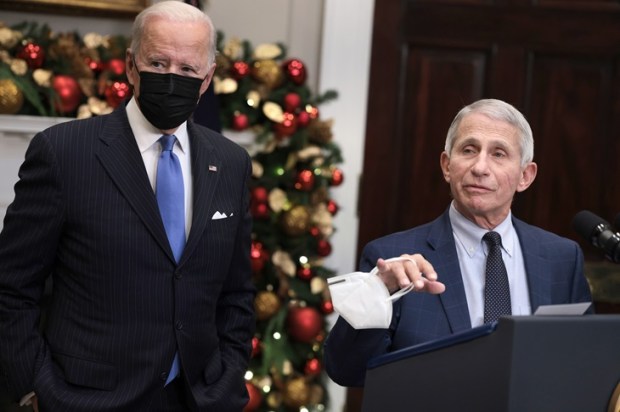Exit from the COVID-19 emergency measures is getting closer. Exit will be fractious. Some of us will want the disease risk eliminated; others will prefer mitigation measures. The politics is about to get more difficult.
The faultline of the different attitudes to exit will be cultural: between those who believe that people are vulnerable and that dangers must be controlled, and those who believe that people are resilient and risks can be mitigated but accepted.
The culture of fear of risk began to gather momentum in the 1980s. It has been written about increasingly since the mid–to–late 1990s. According to Frank Furedi’s research (How Fear Works, Culture of Fear in the 21st Century), its origins go back to the aftermath of the First World War.
We are accustomed to seeing this culture operate in areas such as relationships between adults and children; climate change; and impermissible dissent on university campuses and in workplaces.
Well-intentioned activists often exaggerate the risks presented by their issue, in an attempt to drive public policy or behavioural change. Emphatic warnings of imminent disasters work for them. Sceptical or counter-narratives struggle to get traction.
Responses to the risks of CO2 emissions are a marker of this culture. Deep conviction that emissions pose an existential threat to people and the planet is more concentrated near the centre of our major cities than elsewhere. The conviction is stronger within the state–funded sector than the private sector. The conviction is strong in our cultural elite.
The concentration of our cultural elite in the state–funded service sector means that its members are suffering less directly from the economic dislocation of current COVID-19 responses than other people. And the cultural elite’s susceptibility to treat new risks as potentially catastrophic means that they will be strong advocates of aggressive measures: they will lean towards the New Zealand, rather than the Swedish, response.
People whose livelihoods are being devastated (or will be devastated when the initial spending on the crisis cannot be sustained), and people who are not caught up in the elite culture of activism and fear, may be more likely to favour mitigation strategies: to lean towards the Swedish, and not the New Zealand, response.
Even uncertainty about the origins of the novel virus serves the two narratives. Those for whom ecological issues are paramount are likely to favour the version that has the novel virus transmitted from bats to people via pangolins. It is dangerous to exploit the natural world and wild animals.
Others might favour the biowarfare narrative. The virus was manufactured in a lab in Wuhan with links to, or controlled by, the Chinese military. The virus inadvertently escaped, and China’s response was slowed by the nature of information flows and controls in a one-party State. It is dangerous to not be a realist in international relations.
The quality of data and the assumptions used by advisors to government are also susceptible to divergent narratives. We know that the data used for the initial response measures were very materially wrong. Most significantly, they were distorted by gating criteria used in determining who would be tested. Because our experts had to rely on flawed data, the assumptions which they used in their models were even more important than usual.
As the quality of data improves on issues such as the proportion of infected people who are asymptomatic and the death rate from the virus, the assumptions in the models will increasingly be criticised. With the benefit of hindsight, it will be possible to argue either that the modelers had to make risk-minimising assumptions; or that they exaggerated the threat, with dire consequences for many people.
The Australian government was primed by disappointment in its response to the bushfire crisis to react vigorously to the next crisis, so it was no surprise to see it respond to the novel virus early and vigorously. The political temptation will be to slow the exit to justify the initial response.
Economic needs and popular frustration with the suppression of normal freedoms are likely to build and lead to a staged retraction of the emergency measures. The exit will require acceptance of higher infection rates and more deaths, but in a context where it is known that the fatality rate is much lower than originally believed. Better data will facilitate more targeted responses to the virus and disease.
But the COVID-19 narrative and politics are likely to split along cultural lines.
James Philips is a Sydney lawyer, company director and writer.
Got something to add? Join the discussion and comment below.
Got something to add? Join the discussion and comment below.
Get 10 issues for just $10
Subscribe to The Spectator Australia today for the next 10 magazine issues, plus full online access, for just $10.


























Comments
Don't miss out
Join the conversation with other Spectator Australia readers. Subscribe to leave a comment.
SUBSCRIBEAlready a subscriber? Log in